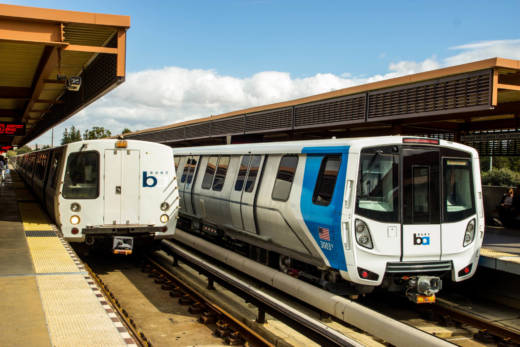It's a long way from becoming law, but the Trump administration's proposed budget for transportation comes with a message for traffic-choked regions like the Bay Area: If you want big new transit projects to ease the congestion you're seeing, or if you're looking to make major new investments so your existing transit systems work better, that's your business -- the federal government's not going to help.
The administration's preliminary spending plan, made public Thursday, would end the Department of Transportation's Capital Improvement Grant program, an initiative that has been crucial to big-ticket projects in the Bay Area, across the state and throughout the nation.
In the past, the grant program has helped fund BART's extension to San Francisco International Airport, the San Francisco's Central Subway project, now under construction and due to open in 2019, and the Santa Clara Valley Transportation Authority's BART extension into San Jose, the first phase of which is due to open later this year.
Elimination of the program, also known as New Starts, is far from a done deal. Thursday's budget proposal is just the first step in a long process that won't conclude until the fall, and New Starts has enjoyed wide support, even in a fiscally conservative, Republican-dominated Congress.
But major Bay Area transit agencies are expressing concern, because the program figures prominently in plans to aid a series of ambitious projects that local officials say are crucial to adding capacity to the region's overtaxed transit services. The initiatives include:
- Caltrain's request for $647 million to help pay for electrification of its line from Silicon Valley to downtown San Francisco.
- A BART project seeking between $900 million and $1 billion to modernize its train control system, upgrade its electrical equipment, finish work on a new maintenance center in Hayward and supplement its Fleet of the Future with 306 new train cars.
- The VTA's request for $1.5 billion to extend BART to downtown San Jose.
The Trump proposal would apparently honor several billion dollars' worth of projects that have already obtained what the Department of Transportation calls a Full-Funding Grant Agreement, a document akin to a contract. But none of the Bay Area projects are quite at that point. The grants are contingent on a range of factors, including obtaining local and state funding and a sound financial plan, including making sure transit agencies are prepared to pay for cost overruns.
